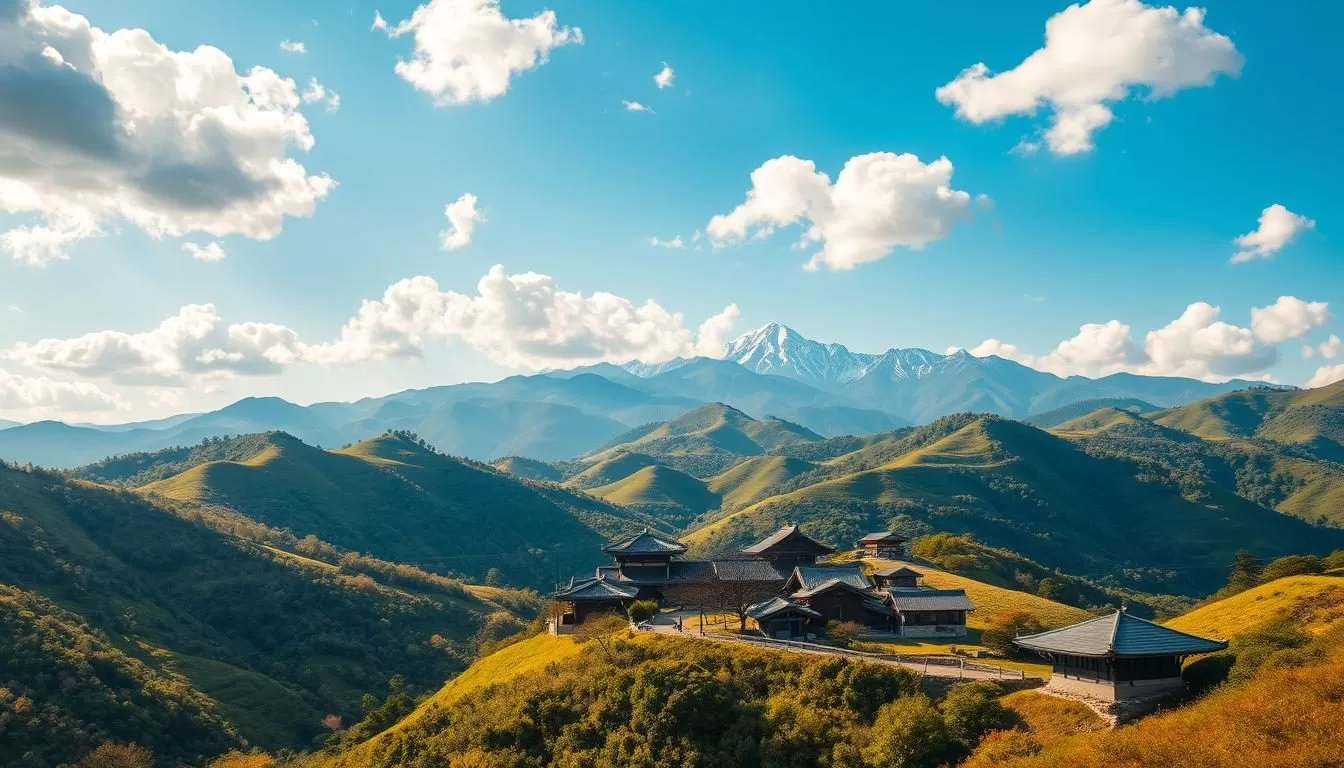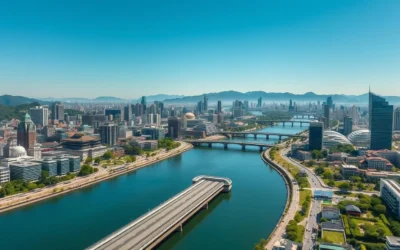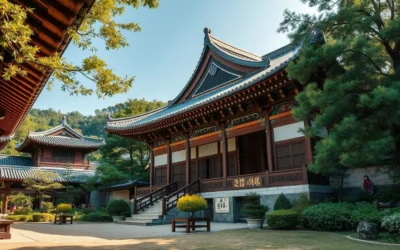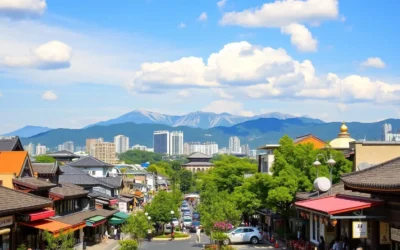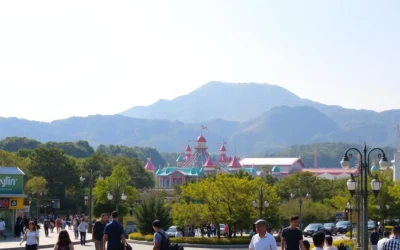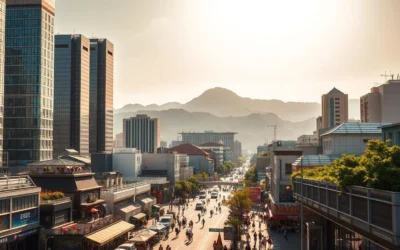✓ Accommodations✓ Flights✓ Rental Cars✓ Tours & Activities
Planning a trip to South Korea? Choosing the right time to visit can make all the difference. This guide helps you understand the best time to experience pleasant weather, avoid extreme temperatures, and enjoy your journey to the fullest.
South Korea experiences four distinct seasons, each offering unique travel opportunities. Spring and autumn are particularly popular, with mild temperatures and vibrant natural beauty. Summers can be hot and humid, while winters bring cold and snowy conditions.
By aligning your travel plans with the ideal season, you can explore comfortably and avoid crowded tourist spots. Whether you’re visiting bustling cities or serene countryside, this guide ensures you’re well-prepared for your adventure.
Understanding South Korea’s Climate: An Overview
Understanding the climate patterns can help you plan a seamless trip. The country experiences four distinct seasons, each with its own charm and challenges. From snowy winters to humid summers, knowing what to expect ensures you’re prepared for any condition.

Distinct Seasonal Characteristics
Spring and autumn are the most pleasant times to visit. Spring, from April to June, brings mild temperatures averaging 59 to 65°F (15 to 18°C). Autumn, from September to November, offers crisp air and temperatures ranging from 66 to 70°F (19 to 21°C).
Summer can be intense, with August temperatures in Seoul reaching 85°F (29°C). Humidity levels also rise, making it feel hotter. Winter, on the other hand, is cold, especially in Pyeongchang, where lows can drop to 9°F (-12.6°C).
When to Expect Rain, Snow, and Clear Skies
Rainfall is heaviest during the monsoon season in July, with northwest regions receiving up to 14.5 inches. Snow is common in Pyeongchang, with an average of 12 snowy days per month from December to March.
Clear skies are more frequent in spring and autumn, but yellow dust from the Gobi Desert can affect air quality in March and April. This phenomenon is something to consider if you’re sensitive to air conditions.
“The monsoon season transforms the landscape, but it’s also a time to plan indoor activities.”
| Season | Temperature Range | Key Characteristics |
|---|---|---|
| Spring | 59 to 65°F (15 to 18°C) | Mild, cherry blossoms, occasional rain |
| Summer | 72 to 85°F (22 to 30°C) | Hot, humid, monsoon rains |
| Autumn | 66 to 70°F (19 to 21°C) | Crisp air, clear skies, harvest festivals |
| Winter | 9 to 35°F (-12.6 to 2°C) | Cold, snowy, ideal for winter sports |
By understanding these patterns, you can choose the best time to visit based on your preferences. Whether you enjoy snowy landscapes or sunny days, there’s a season for everyone.
South Korea: Best Months for a Weather-Savvy Trip
Spring and autumn offer the most picturesque and comfortable travel conditions. These seasons are perfect for exploring vibrant landscapes and enjoying cultural events without extreme weather.
Spring: Cherry Blossoms and Mild Temperatures
Spring is a magical time to visit, with cherry blossoms painting the landscape in soft pink hues. The peak viewing period is around April 10, 2024, with festivals like the Yeouido Cherry Blossom Festival showcasing over 1,800 trees. Temperatures average 59 to 65°F (15 to 18°C), making it ideal for outdoor activities.
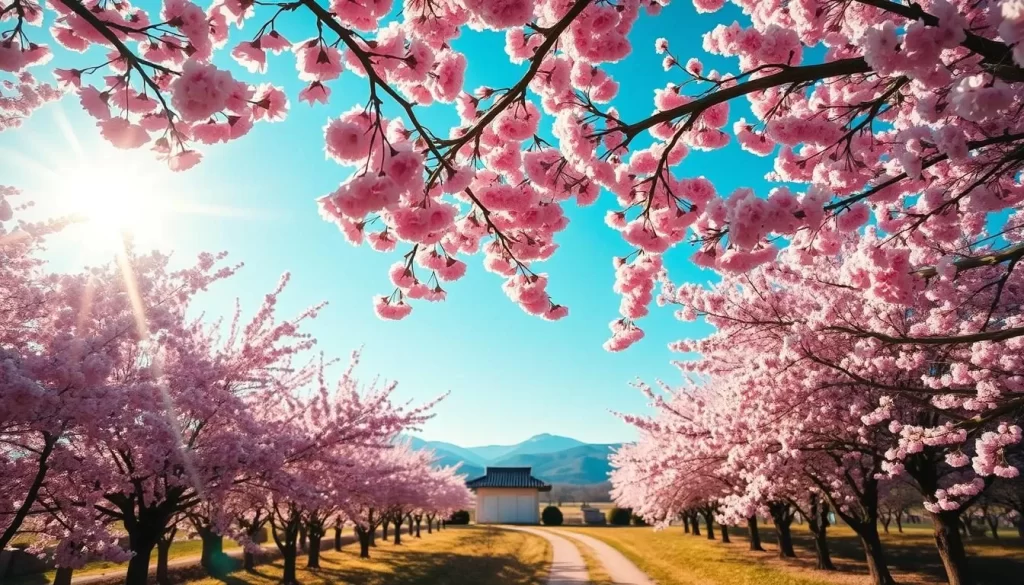
However, be mindful of yellow dust from the Gobi Desert, which can affect air quality in March and April. Despite this, spring remains a favorite for its stunning natural beauty and pleasant weather.
Autumn: Crisp Air and Fall Colors
Autumn brings cool, crisp air and breathtaking fall foliage. Temperatures range from 66 to 70°F (19 to 21°C), creating perfect conditions for hiking and sightseeing. The Busan Fireworks Festival in October adds to the season’s charm.
Unlike the humidity of summer or the chill of winter, autumn offers a balanced climate. It’s also a great time to experience cultural events like Chuseok, the Korean harvest festival.
Monthly Weather Insights
Here’s a quick look at what to expect each month:
- April: Cherry blossoms bloom, with temperatures around 63°F (17°C).
- May: Pleasant weather for outdoor sports, with minimal rainfall.
- October: Fall colors peak, and temperatures range from 50 to 68°F (10 to 20°C).
- November: Mild temperatures and scanty rainfall, ideal for exploring.
“Autumn’s crisp air and vibrant colors make it a traveler’s paradise.”
By choosing spring or autumn for your visit, you’ll enjoy comfortable weather, stunning scenery, and fewer crowds. Whether you’re chasing cherry blossoms or fall foliage, these seasons promise an unforgettable experience.
Seasonal Festivals and Cultural Highlights
Immerse yourself in the vibrant culture of South Korea through its seasonal festivals. These events showcase the country’s rich traditions and natural beauty, offering unforgettable experiences for travelers.
Springtime Cherry Blossoms and Green Tea Festivals
Spring is a magical time to visit, with cherry blossoms painting the landscape in soft pink hues. Early April is the peak time to see these blooms in Seoul and other regions. The Jinhae Cherry Blossom Festival is a must-see, featuring stunning displays and cultural performances.
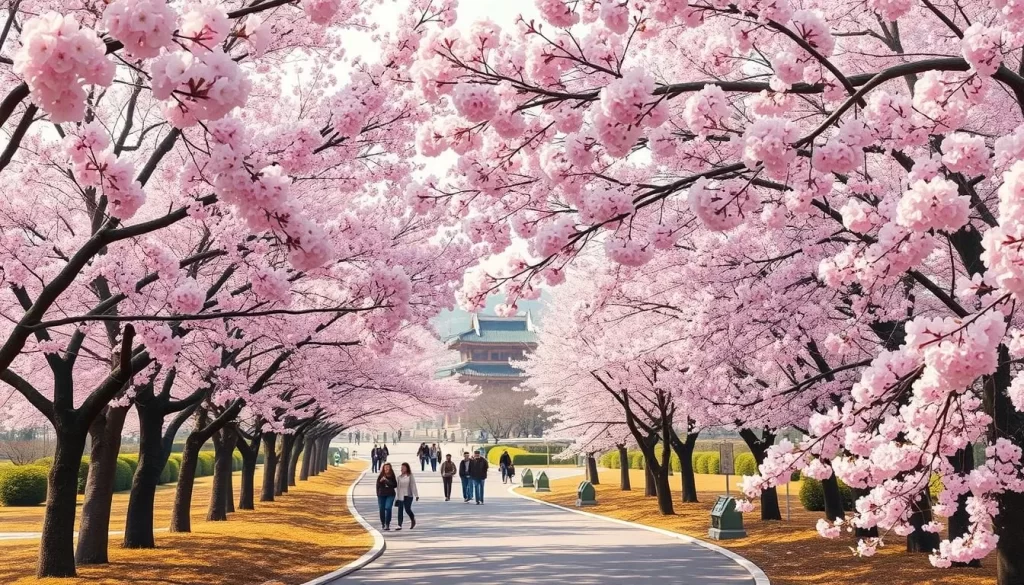
Green tea festivals also take center stage in spring, celebrating the region’s famous tea harvests. These events often include tea tastings, traditional music, and temple parades. March to May is the ideal time to experience these vibrant celebrations.
Autumn Harvests, Chuseok, and Lantern Festivals
Autumn brings a different kind of magic, with harvest festivals and cultural events. Chuseok, Korea’s Thanksgiving, is one of the most significant holidays. Families gather to share meals and honor ancestors, creating a warm, festive atmosphere.
Lantern festivals, like the Seoul Lantern Festival, illuminate the night with intricate designs and vibrant colors. These events often feature parades, live performances, and local food stalls. Visiting in late September to early October ensures you catch these enchanting spectacles.
“Festivals in South Korea are a window into its soul, blending tradition with natural beauty.”
By aligning your visit with these seasonal events, you’ll gain a deeper appreciation for the culture and traditions. Whether you’re marveling at cherry blossoms or lanterns, these festivals promise memories that last a lifetime.
Regional Weather Variations: Seoul, Pyeongchang, and Busan
Exploring the diverse climates of South Korea’s key regions can help you tailor your trip perfectly. Each city offers unique weather patterns that shape your travel experience. Whether you’re drawn to urban energy, snowy landscapes, or coastal charm, understanding these differences ensures you make the most of your visit.
Seoul’s Dynamic Urban Climate
Seoul, the bustling capital, experiences a mix of seasons. Winters are brisk, with temperatures averaging 12.3°C annually. Summers can be humid, with humidity levels reaching 70-80%. The peak tourist season runs from April to June and September to November, offering mild weather for exploring attractions like the Seoul Lantern Festival.
Pyeongchang’s Winter Wonderland
Pyeongchang is a haven for winter enthusiasts. With an average of 90 snow days annually, it’s perfect for skiing and snowboarding. Winter temperatures range from -5°C to -10°C, creating ideal conditions for snow sports. If you’re planning a winter getaway, this mountainous region is a top destination.
Busan’s Milder, Coastal Conditions
Busan’s coastal location brings milder weather compared to other regions. With an average annual temperature of 14.4°C and around 200 sunny days, it’s a great escape from extreme conditions. Winter temperatures hover between 0°C and 5°C, making it a comfortable time visit South Korea’s beaches and cultural sites.
These regional variations influence local attractions and travel plans. Whether you’re chasing snowfall in Pyeongchang or enjoying Busan’s coastal breeze, understanding these climates helps you choose the right destination for your trip.
Travel Planning Tips for Optimal Weather Conditions
Planning your visit during off-peak times can enhance your experience and save you money. By avoiding peak tourist seasons, you’ll enjoy fewer crowds, better deals, and a more relaxed atmosphere. Here’s how to make the most of your trip by aligning your plans with optimal weather conditions.
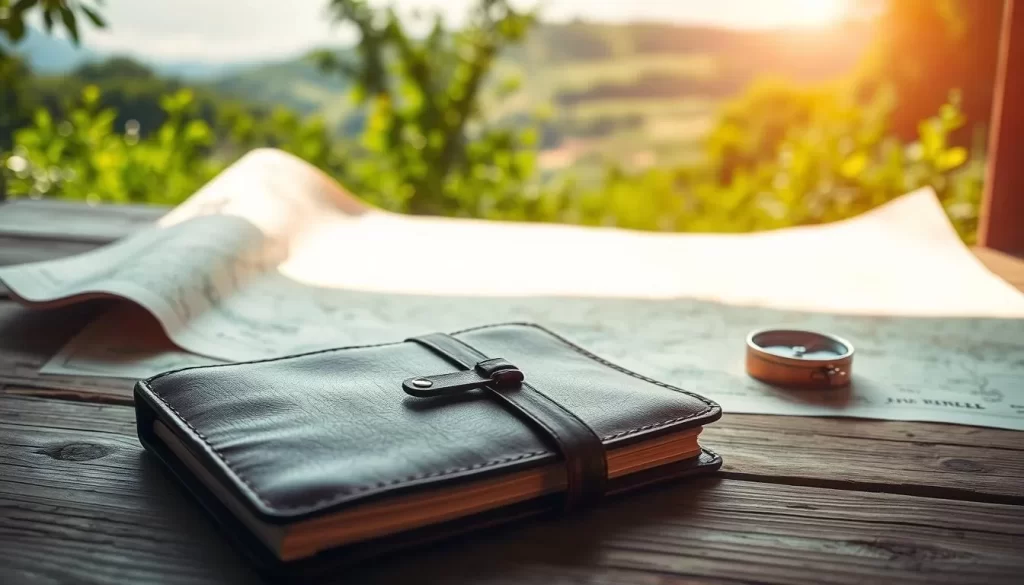
Choosing Off-Peak Periods for Better Deals
Traveling during off-peak periods, such as December to February, can significantly reduce costs. Flights and accommodations are often 20-30% cheaper compared to peak seasons. This is the best time to explore without the hassle of large crowds.
Additionally, visiting during these months allows you to experience unique events like the new year festivities. You’ll also find it easier to secure reservations for popular attractions and activities.
Managing Monsoon and Winter Extremes
The monsoon season, typically in July and August, brings heavy rainfall and humidity. To manage this, plan indoor activities or visit regions less affected by the rains. Winter, on the other hand, can be harsh, especially in northern areas. Packing warm clothing and planning for shorter daylight hours will help you stay comfortable.
Monitoring air quality is also crucial, especially during transitional months like March when pollution levels can rise.
| Off-Peak Period | Benefits |
|---|---|
| December-February | Lower costs, fewer crowds, unique events |
| July-August | Cheaper travel, lush landscapes, indoor activities |
By scheduling your outdoor activity during early mornings or late afternoons, you can avoid peak tourist hours and enjoy a more peaceful experience. For more tips on planning your visit, check out this .
“Traveling off-peak not only saves money but also offers a more authentic and enjoyable experience.”
With these strategies, you can make the most of your time visit and create unforgettable memories. Whether you’re exploring bustling cities or serene landscapes, planning ahead ensures a smooth and enjoyable journey.
Outdoor Adventures Across South Korea’s Seasons
Discover the thrill of outdoor adventures across different seasons. Whether you’re hiking through scenic national parks or enjoying vibrant festivals, there’s always an activity to match your interests. Each season brings unique opportunities to explore nature and immerse yourself in culture.
Hiking and Scenic National Parks
Spring is perfect for hiking, with cherry blossoms painting the trails in soft pink hues. Hallasan, the highest mountain, offers breathtaking views and is a UNESCO World Heritage Site. Summer brings lush greenery, but be prepared for humidity and occasional rain.
Autumn transforms the landscape with vibrant fall colors, making it a favorite for hikers. Winter offers snowy trails, ideal for those who enjoy a challenge. No matter the season, national parks like Seoraksan and Jirisan provide unforgettable experiences.
Enjoying Festivals and Outdoor Cultural Events
Festivals are a highlight of any visit, combining culture with outdoor fun. The cherry blossom festival in spring attracts crowds with its stunning displays and cultural performances. Summer brings lively events like the Busan Fireworks Festival, where you can enjoy the warm nights.
Autumn’s Chuseok festival celebrates the harvest with traditional games and food. Winter festivals, like the Hwacheon Sancheoneo Ice Festival, offer unique activities like ice fishing. These events provide a perfect blend of activity and cultural immersion.
“Festivals are a window into the soul of a place, blending tradition with natural beauty.”
| Season | Activity | Highlight |
|---|---|---|
| Spring | Hiking | Cherry blossoms, mild weather |
| Summer | Festivals | Fireworks, warm nights |
| Autumn | Hiking | Fall foliage, harvest festivals |
| Winter | Ice activities | Snowy trails, ice fishing |
For more tips on planning your outdoor activity, check out this guide on backpacking in South Korea. Whether you’re chasing spring blossoms or winter snow, every season offers something special.
How Weather Affects Travel Costs and Crowds
Timing your trip wisely can significantly impact your travel budget and overall experience. Seasonal weather conditions play a major role in determining costs and the number of tourists you’ll encounter. By understanding these patterns, you can plan a trip that’s both affordable and enjoyable.
Budget Travel During Off-Peak Seasons
Traveling during off-peak seasons, like winter, can save you money. Hotel prices in popular cities drop by 20-30% due to lower demand. Airfare also tends to be cheaper, with significant discounts available from May to November. This makes it an ideal time for budget-conscious travelers.
Fewer crowds mean shorter wait times at major attractions. You’ll also have more flexibility in booking accommodations and activities. For example, visiting during the shoulder season (early November to May) balances moderate weather and manageable crowd sizes.
Another advantage is avoiding expensive events. Peak tourist seasons often coincide with festivals and holidays, driving up costs. By scheduling your trip during quieter months, you can enjoy a more relaxed and authentic experience.
“Traveling off-peak not only saves money but also offers a more authentic and enjoyable experience.”
Here’s a quick comparison of costs and crowd sizes by season:
| Season | Cost | Crowd Size |
|---|---|---|
| Winter | Low | Small |
| Spring | Moderate | Medium |
| Summer | High | Large |
| Autumn | Moderate | Medium |
For more tips on maximizing your travel budget, check out these savvy strategies. Whether you’re exploring bustling cities or serene landscapes, planning ahead ensures a smooth and enjoyable journey.
Smart Packing Strategies for Varying Climates
Smart packing can make or break your travel experience, especially when dealing with varying climates. Whether you’re preparing for warm, sunny days or bracing for chilly winter conditions, having the right gear ensures comfort and convenience. Here’s how to pack efficiently for any weather.
Packing Essentials for Warm, Sunny Days
When packing for warm weather, focus on lightweight fabrics like cotton and linen. These materials help you stay cool and comfortable in high humidity. Quick-dry clothing is also a great option, as it dries faster and allows you to manage with fewer items.
Don’t forget essentials like sunscreen, a wide-brimmed hat, and sunglasses. These items protect you from the sun’s rays and keep you comfortable during outdoor activities. Packing cubes can help organize your luggage and keep everything neat.
Winter-Ready Gear and Layering Tips
For winter travel, layering is key. Start with a moisture-wicking base layer to keep sweat away from your skin. Add insulating layers like fleece or wool for warmth, and finish with a waterproof outer layer to protect against snow and wind.
Insulating boots and thermal socks are essential for keeping your feet warm in low temperatures. Compression bags can reduce the bulk of your winter gear, making it easier to pack. Wearing bulky items like coats and boots during travel saves space in your luggage.
“Layering not only keeps you warm but also allows you to adjust to changing conditions throughout the day.”
By following these smart packing strategies, you’ll be ready for any weather. Whether you’re exploring sunny beaches or snowy mountains, the right preparation ensures a smooth and enjoyable trip.
Conclusion
Choosing the right season for your visit can transform your travel experience. Spring and autumn stand out as the ideal time to explore, offering mild weather and vibrant cultural events like the Seoul Lantern Festival. These months are perfect for outdoor activities and sightseeing, ensuring a memorable trip.
Every year brings unique opportunities, whether you’re chasing cherry blossoms in spring or enjoying crisp autumn air. Each season has its charm, from snowy winters to lively summers, making it a destination worth visiting multiple times.
Plan your trip carefully to take full advantage of the weather and festival highlights. For more inspiration on what to do during your visit, check out this guide on the best things to do in Seoul. Your adventure awaits!
The above is subject to change.
Check back often to TRAVEL.COM for the latest travel tips and deals.
